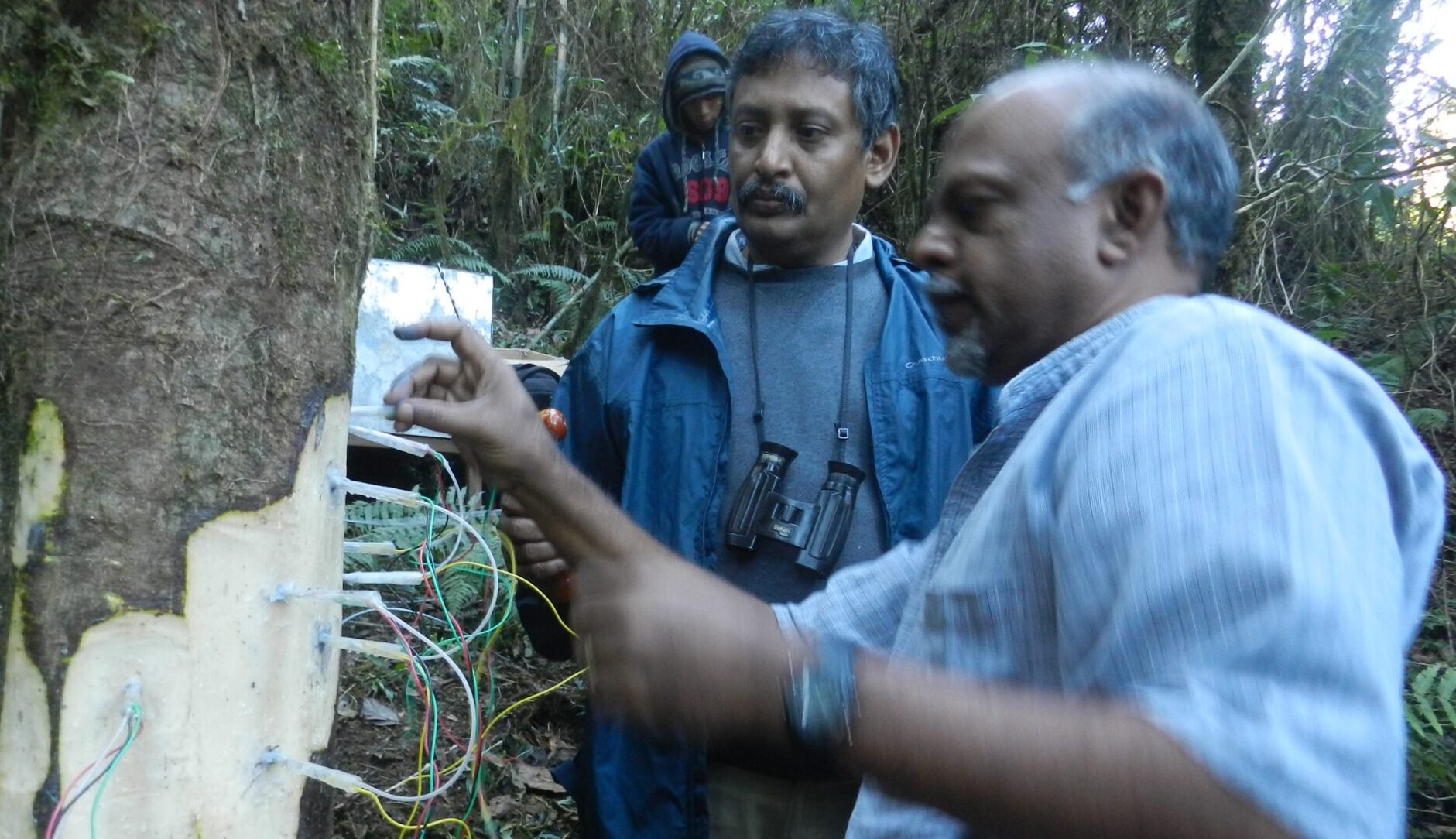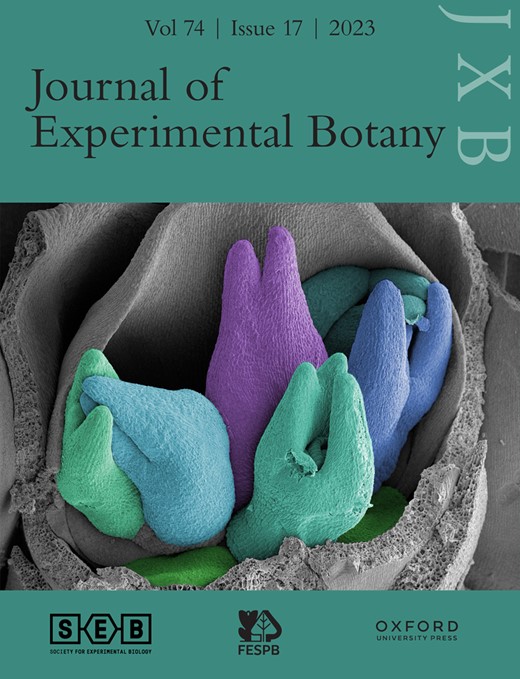This study addresses two main questions in an East Himalayan broad-leaved wet evergreen TMF: (A) How do the sap flow patterns differ between co-occurring pioneer and late-successional species in a secondary forest? and (B) What are the environmental and ecophysiological drivers of variability in sap flow responses? We hypothesize that the plant water use by the pioneer species would be high but equally likely to be highly sensitive to environmental extremes, whereas late-successional species will have relatively stable water-use patterns. We also predict that, unlike other TMFs, the ecosystem productivity is more likely to be limited by energy availability than water in the wet East Himalayan eco-climate.
Sap flow responses in pioneer and late-successional tree species in secondary tropical montane forests of Eastern Himalaya, India

Transpiration Dynamics in the Eastern Himalayas

